Grand Cayman With The Sigma I Series Lenses:
When L mount was first started by Leica, we had a system here with huge potential but with one issue: size. Everything at that time was huge, and I get it; Leica was in it to create reference level gear. I’m always all for that :). I was the first person to order that Summilux-SL 50mm the moment I heard rumors about it. I understand that for work, you bring what suits the job best but how about when you simply don’t need such a large lens with an f1.4 aperture? Maybe you want to travel. Maybe you want something you can just throw in your bag for any occasion. Yes, there are M lenses but for one, I need an adapter, and two, I don’t want to be stuck using manual focus. Well, in my opinion, one of Leica’s best moves was inviting companies like Panasonic, and Sigma into the L Mount Alliance. Panasonic makes some great stuff, as we know, but so does Sigma. In fact, Sigma went all in the past couple of years, and created what I feel are some of the best choices, if you’re after lenses that are not only well built, and compact but also offer excellent image quality all while not breaking the bank. They have the I Series lenses, and after reviewing every single one that has come out for L mount so far, I can tell you that they are phenomenal. Thanks to Sigma, I was able to bring a few with me on a much needed vacation to basically see if they really live up to travel use.
I get a small commission from purchases made through the links mentioned in this review, which in turn, helps support this site but it will not cost you anything extra. Thank you!
The place I went to was Grand Cayman. I love traveling to the islands, and I actually haven’t been to one since the pandemic started. I went around Thanksgiving, which I know, was a while back :). I was there for almost two weeks with family, so I wanted to bring a kit that was compact, and easy to manage. I was on vacation; gear wasn’t what I wanted on my mind 24/7. At the same time, I wanted something that would produce excellent images, since it’s Grand Cayman, and there’s beautiful scenery I might have a chance to shoot.

↑ Here’s the Panasonic Lumix DC-S5. With it are the Sigma 20mm f2 DG DN Contemporary, the 35mm f2 DG DN Contemporary, and the 65mm DG DN Contemporary lenses.
So, I brought with me four pieces of gear, and I stored them all in a Billingham Hadley (I probably could’ve got away with a Hadley Small instead). The first was the camera, which was my Panasonic S5. It’s quick, it has amazing high ISO capabilities, and best of all, it’s around the size of my Fuji X-T3 but unlike the Fuji, the Panny is full frame. The last pieces of gear were the lenses, which were the 20mm f2 DG DN Contemporary, the 35mm f2 DG DN Contemporary, and the 65mm f2 DG DN Contemporary.
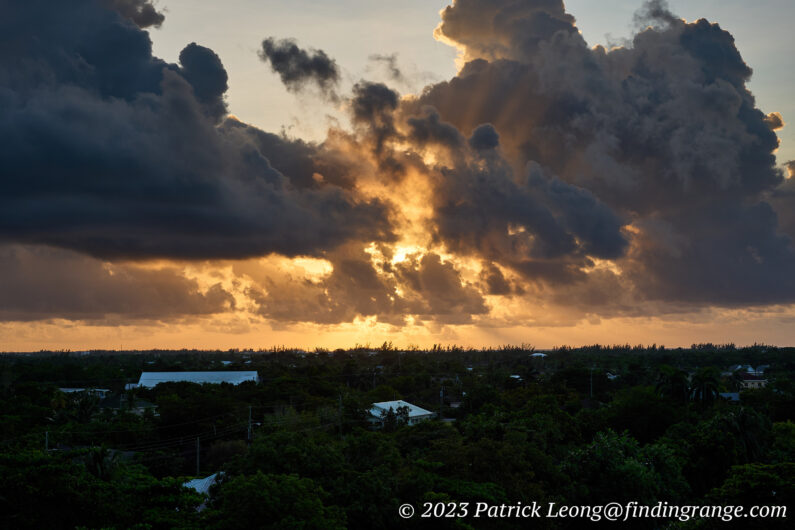
↑ This was shot early in the morning on my roof with the Sigma I Series 65mm f2 DG DN Contemporary lens. The settings were 100 ISO and f8.
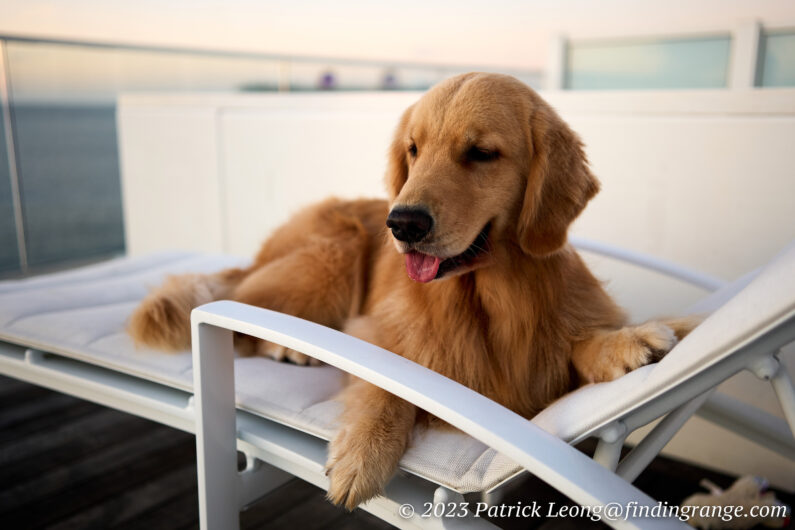
↑ This was taken with the 35mm f2 lens. The settings were f2 and 100 ISO.
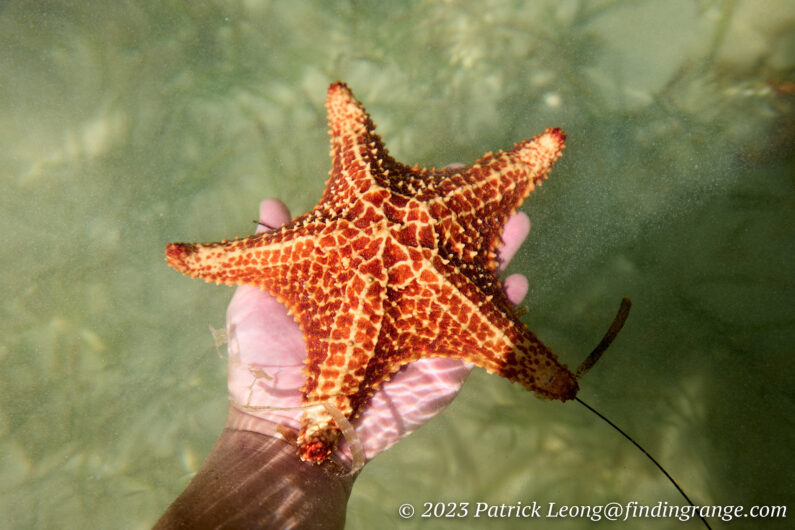
↑ Here’s a photo of starfish taken with the 35mm f2. The settings were f4 and 100 ISO.

↑ This was taken with the 20mm f2 DG DN Contemporary. The settings were f8 and 100 ISO.
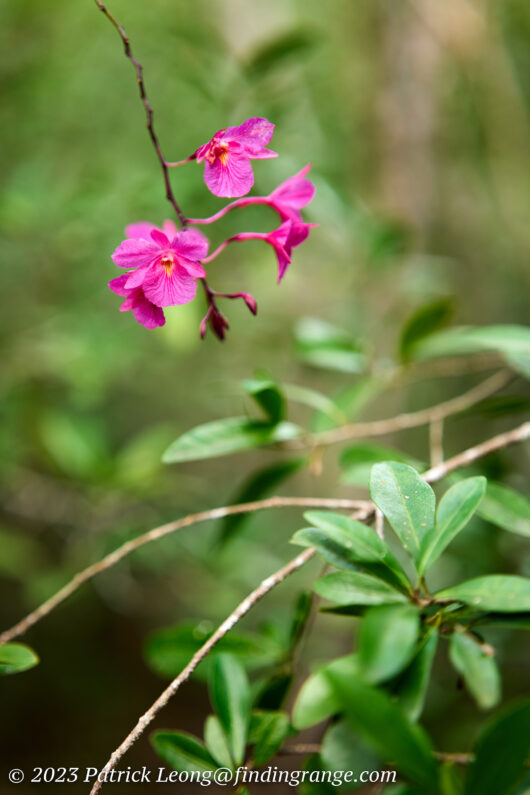
↑ Here’s a photo taken with the 65mm f2 DG DN Contemporary. This is one of my favorite Sigma I Series lenses. The settings were f2 and 160 ISO.
As I stated earlier, these are Sigma I Series lenses, so none have a larger aperture than f2. However, f2 is plenty fast for most of my needs. I able to shoot even when there was very little light left. I was still able to photograph at night with f2, and worse case, I could lower my shutter speed down just a bit more, since the S5, and most L mount cameras these days, have image stabilization. The f2 maximum aperture of these lenses gave me a nice balance: I had the light gathering capability usually associated with higher end lenses but at the same time, the lenses were smaller, and lighter in weight, which is especially important for traveling.
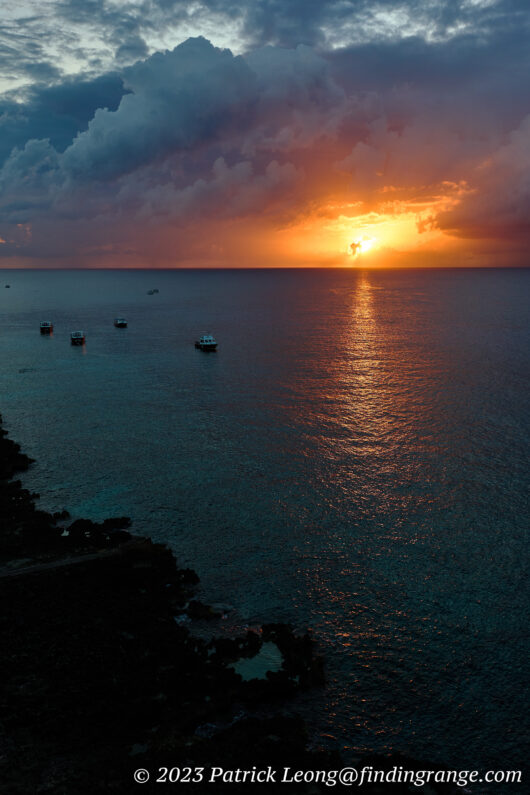
↑ Here’s a photo taken with the 35mm f2 DG DN Contemporary lens. The settings were f5.6 and 160 ISO.
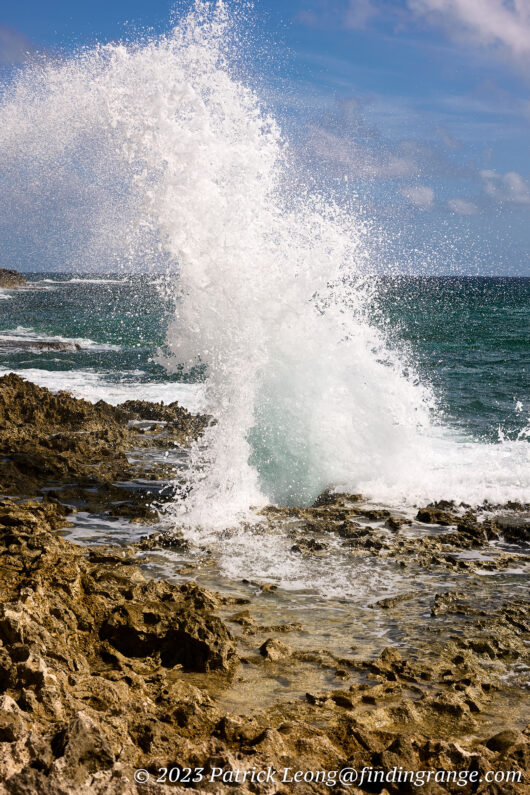
↑ Here’s a photo of a blowhole. This was taken with the 65mm f2. The settings were f8 and 100 ISO.
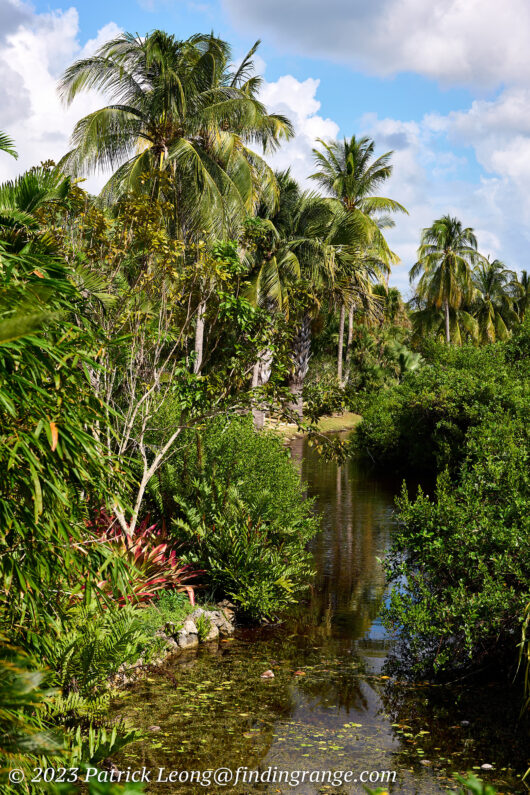
↑ This was also taken with the 65mm f2. The settings were 100 ISO and f8.
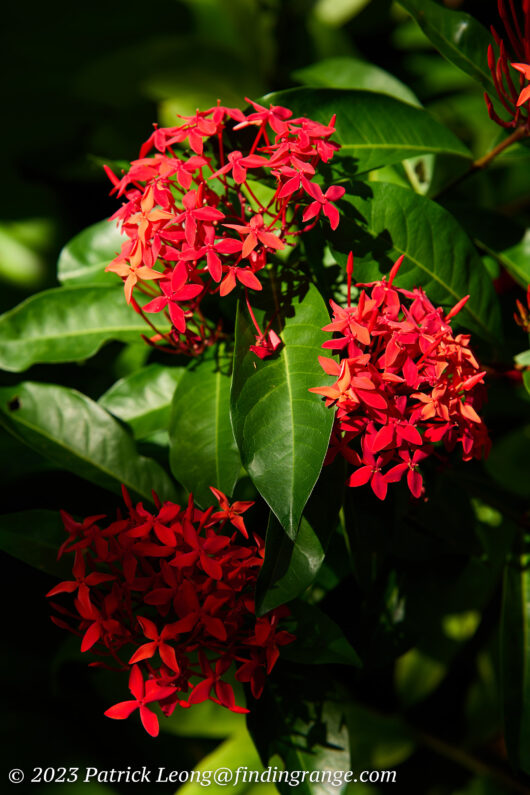
↑ Here’s one more with the 65mm f2. Absolutely love this lens. The settings were f4 and 100 ISO.

↑ This is Stingray City. It’s a sandbar right out in the ocean where you can feed stingrays by hand, and also snorkel. I took this with the 35mm f2. The settings were 100 ISO and f8.
The compact sizes, and lighter weight were a godsend because for one, I’m on vacation, and I wanted stuff I could carry around all day without feeling worn out by the end of it, especially since it was so hot there as well. I was also with family, and I just wanted to enjoy my time with them, and also enjoy using the gear. I wanted to be able to grab my camera, and shoot anything from casual images to breathtaking scenery. I wanted to be able to walk around, and not feel like I was dragging along tons of gear.

↑ This was taken with the 65mm f2 using wide open aperture and 100 ISO.

↑ Here’s another photo taken with the same lens and settings as above.
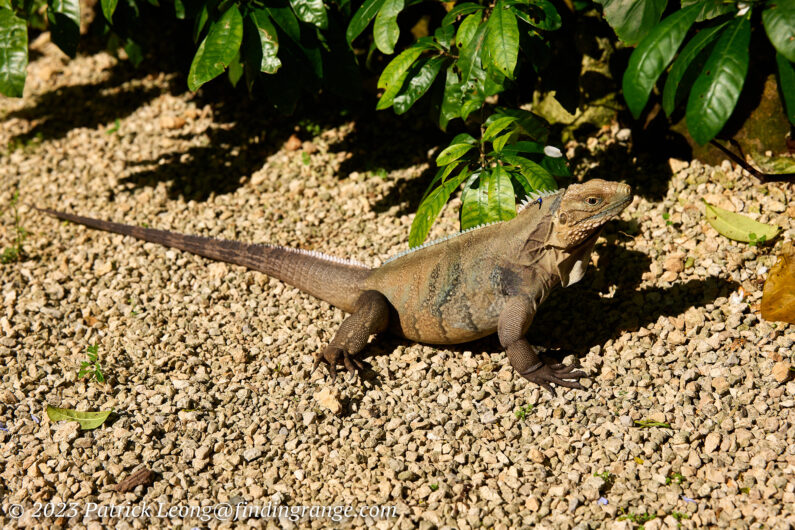
↑ This was taken with the 65mm f2 Contemporary lens using f5.6 and 100 ISO.
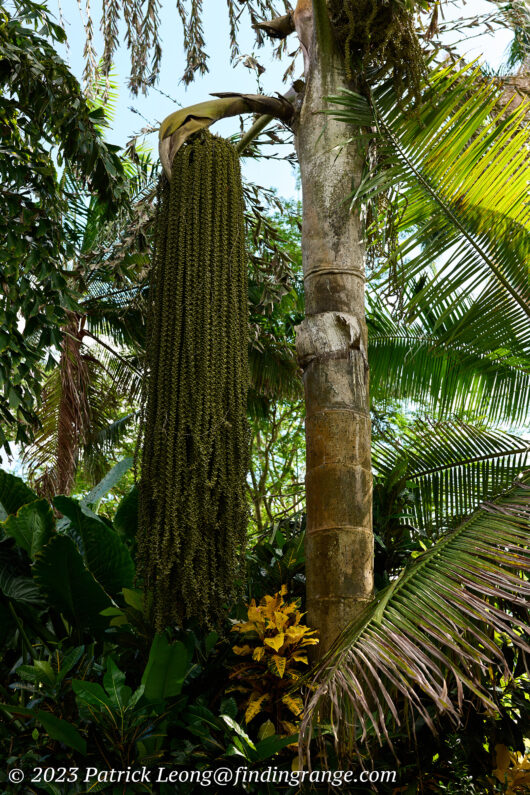
↑ This was taken with the 35mm f2 using f4 and 160 ISO. It was a cool looking tree.

↑ Here’s another taken with the 35mm f2 using 4 and 500 ISO.
Another important feature was overall reliability. I was in a speed boat at one point, so there was some ocean spray. I was in the water at times photographing my family and scenery. There were days that it showered unexpectedly. I was in certain areas at times that were kind of dusty. All of this is part of traveling, especially to a beach destination like Grand Cayman. Yes, I never did anything extreme like dunk my camera in the ocean but the system I brought needed to handle what I felt was a reasonable amount of abuse (maybe not the right word lol) that comes from normal usage. It needed to handle the unexpected as well. I’m happy to say these lenses performed flawlessly.
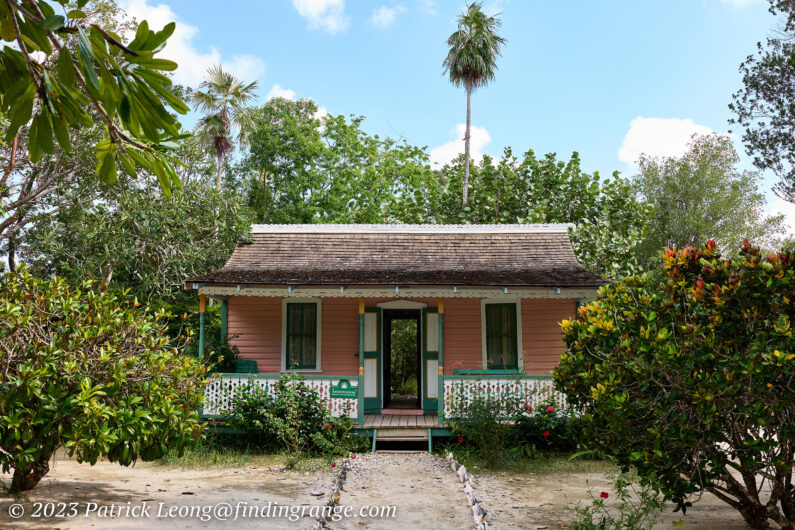
↑ This was taken at the Queen Elizabeth II Royal Botanic Garden. The lens used was the 35mm f2 and the settings were f8 and 400 ISO.
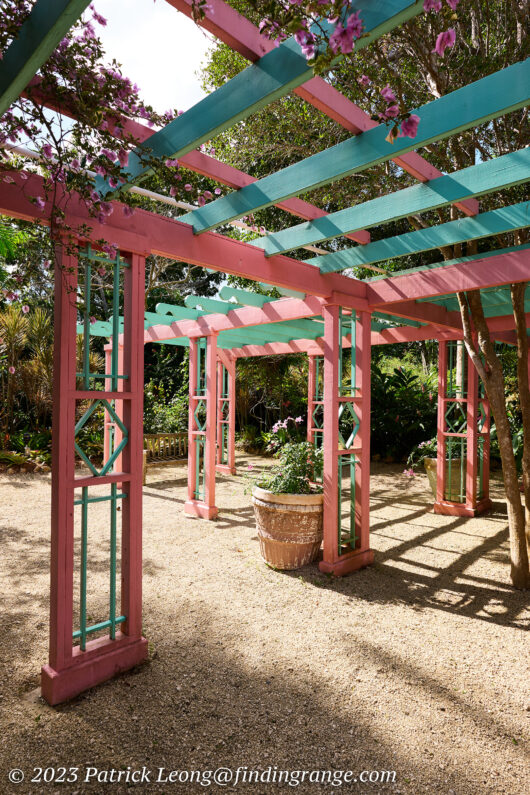
↑ Here’s a photo taken with the 20mm f2 DG DN Contemporary lens. The settings are f8 and 160 ISO.

↑ Here’s another taken with the 20mm f2. This tree definitely had a weird shape to the bottom of it. The settings were f8 and 250 ISO.

↑ There were so many orchids but unfortunately, I did not go when it was blooming season. This was taken with the 20mm f2 at f8. I used 1600 ISO.

↑ Here’s another taken with the 20mm f2. The settings were f8 and 1250 ISO.
Lastly, having a 20mm, 35mm and a 65mm pretty much covered a good enough range for me that I was not left wanting for more. The 20mm f2 DG DN Contemporary was excellent when only an ultra wide angle perspective would do. It was also extremely useful for smaller rooms or areas like the Cayman Crystal Caves that I went to go see. The 35mm f2 DG DN Contemporary was probably my most used lens there. It’s a 35mm, and it’s therefore, pretty much great for everything. The lens is also so compact and handy. It made such a great street lens there. The 65mm f2 DG DN Contemporary is one of my favorite lenses to come out from any manufacturer. It was crucial when I was doing some of my sunrise and sunset shots.
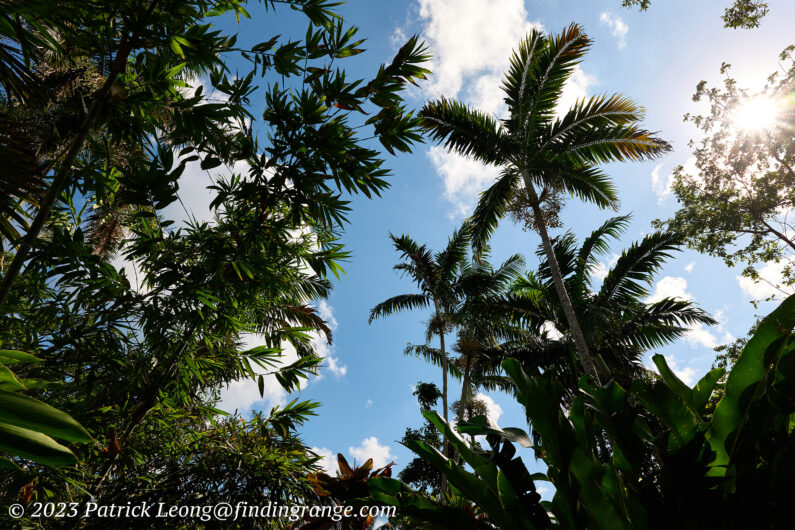
↑ Here’s another taken with the 20mm f2 DG DN Contemporary lens. This is one beautiful ultra wide angle lens. The settings were f8 and 100 ISO.
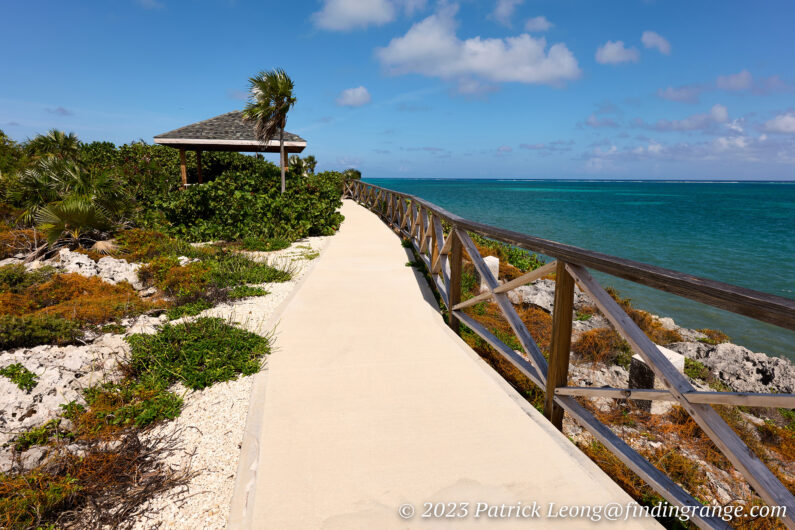
↑ This was also taken with the 20mm f2. The settings were f11 and 100 ISO.
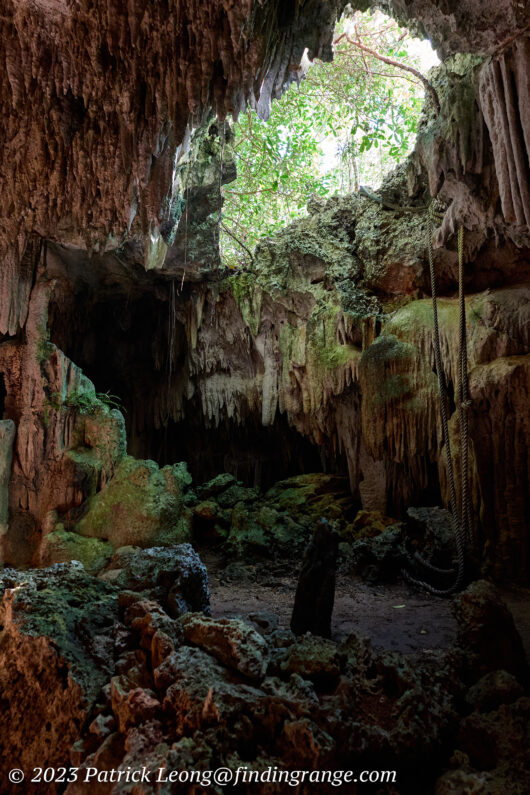
↑ I went to the Cayman Crystal Caves, which was really cool. I used the 20mm f2 here. The settings were f4 and 3200 ISO.
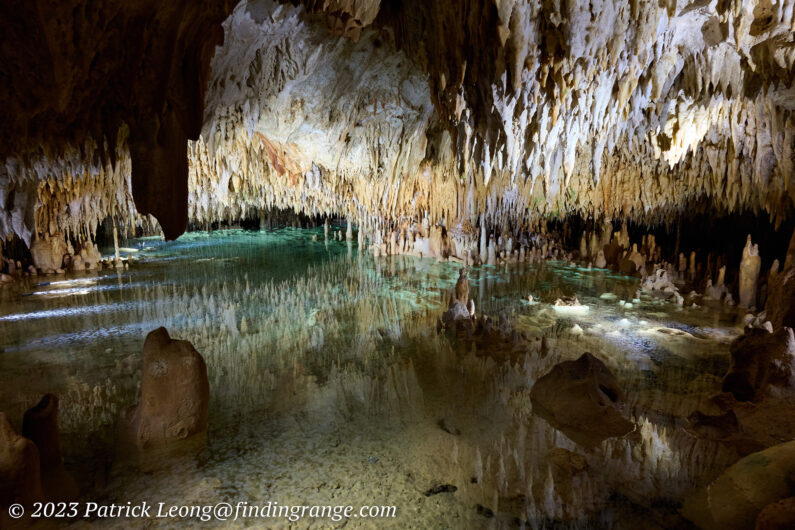
↑ Here’s another taken with the 20mm f2. The settings were f4 and 6400 ISO.
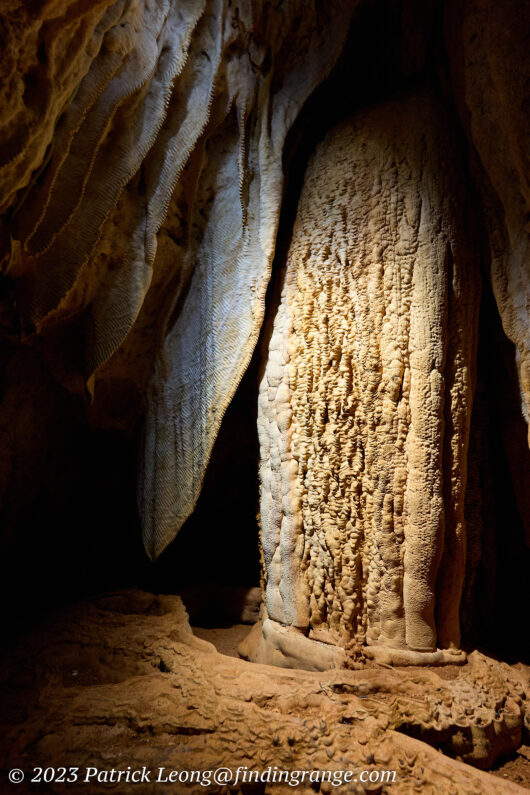
↑ Here’s another taken with the 20mm f2. The settings were f4 and 6400 ISO.

↑ This photo was taken with the 35mm f2. The settings were f5.6 and 400 ISO.
I hope this gives you an idea of how these I series lenses perform in a more real world setting. While I only had with me the 20mm, 35mm, and the 65mm, all the I Series lenses in general have many similar traits, and would be equally good as everyday companions. So, if these are not ideal focal lengths for you, there are plenty more to choose from. What I really love about these lenses is yes, they’re compact and light; however, you’re still able to take epic shots. In other words, you’re not sacrificing here in terms of quality. Any of these lenses can be used professionally. So, I hope all of you enjoyed this little write up. I have reviewed all of the Sigma I Series lenses, so if you’re interested, you can find them here. As always, thanks for stopping by!
Thanks for taking the time to read my article! If you’re considering purchasing any of these lenses and my article helped you decide, please help support this site by purchasing from the links below or any mentioned. It will not cost you anything extra. Thank you for your support!
20mm f2 DG DN Contemporary at B&H Photo
35mm f2 DG DN Contemporary at B&H Photo


While I have not tried the 20 and 35 I have tried the 45 and 65. The 65 is an outstanding lens. A hidden gem of the I Series.
Hi Hassan,
I completely agree. The 65mm is one of my favorites. Thanks for stopping by, and taking the time to ready my write up.
Best,
Patrick
Very nice shorts, time to dump all my Leica gear, location is infinitely more important 🙂
By the way, based on the apertures used, in this specific instance, it is also possible to just carry a 20-60 kit lens, saving even more money, space and weight.
Right now, people are selling off S5 kits left, right and center. Just got yet another kit with an extra battery for 1000$.
While reviews call the S5II the best value FF mirrorless, it costs double (body only!), seems overpriced in comparison (I have no use at all for a built-in fan, for instance).
I meant shots 🙂
haha no problem :).
Thanks a lot, Padam!
Love your shots in Flickr by the way! Yes, you can go the zoom route as well but I do enjoy my primes :). Take care, and thanks for stopping by!
Best,
Patrick
I just purchased the Sigma FP L along with the 24mm f2 DG DN. I have the 50mm 2.0 pre-ordered bit I am considering the 65mm 2.0 instead after reading this article. Do you prefer one over the other? Thank you!!
Hi Travis!
Apologies for the late reply!
Both lenses are phenomenal. They are, in my opinion, some of Sigma’s best. I’d just go with the focal length you think you would be most comfortable with :). I think if it was me, I’d probably go with the 65mm. It’s a little bit longer, and therefore, maybe better for me when photographing people. I hope this helps, please let me know if you have any other questions!
Best,
Patrick